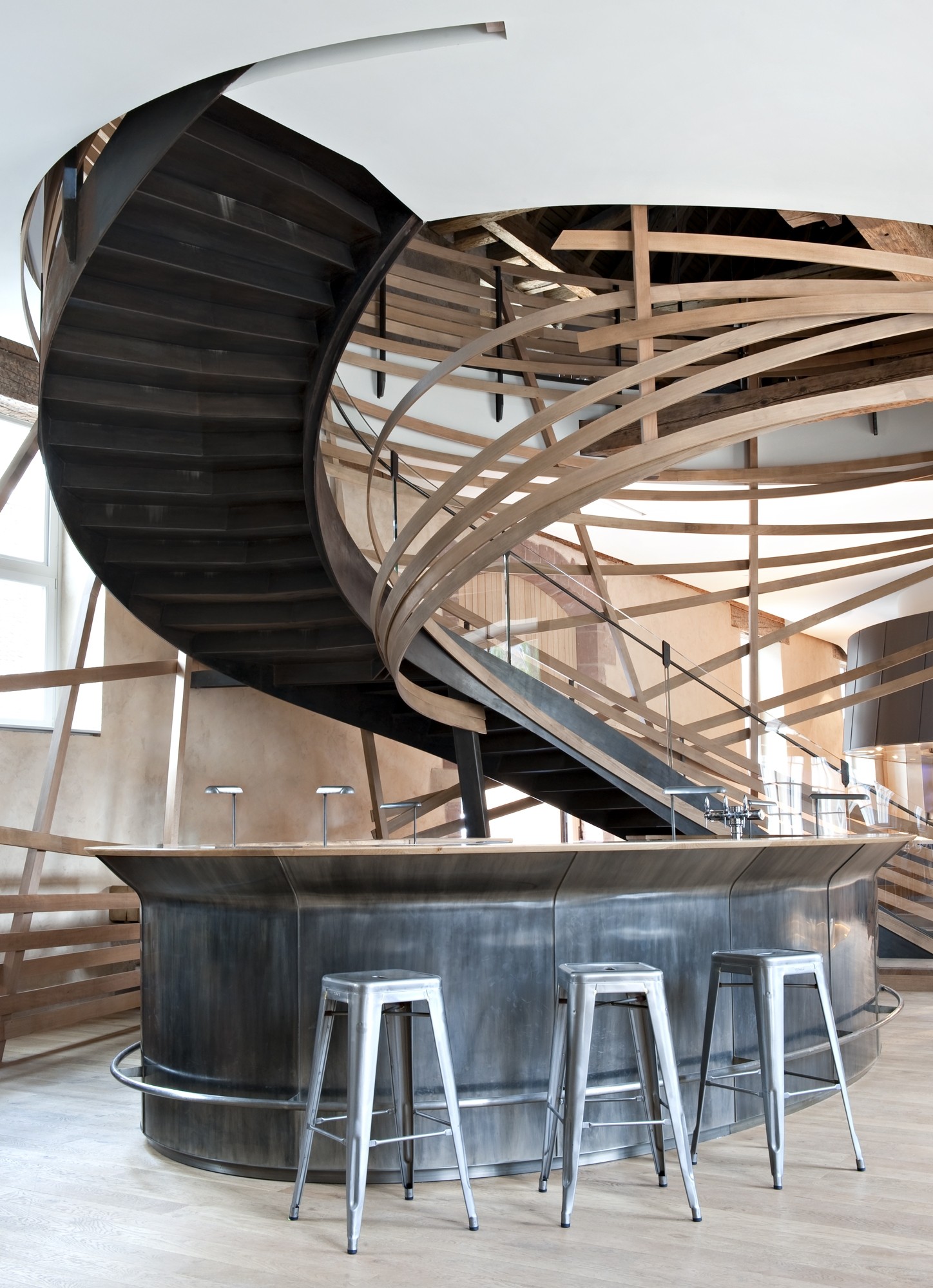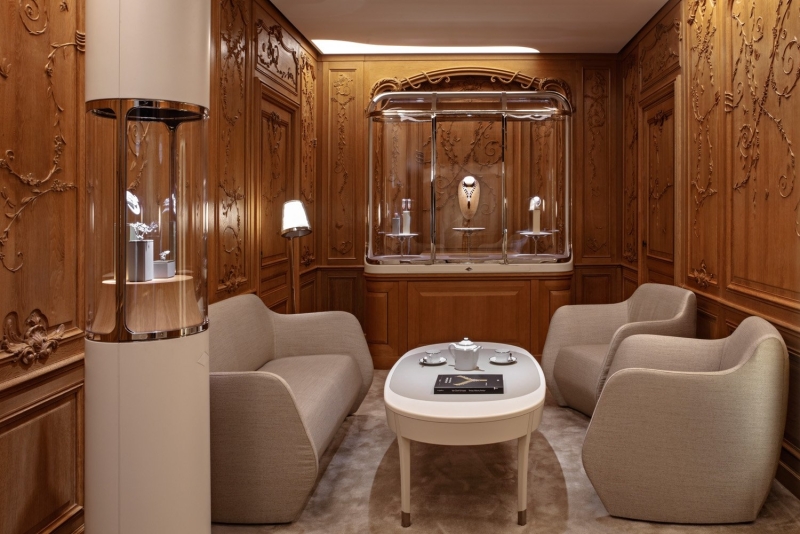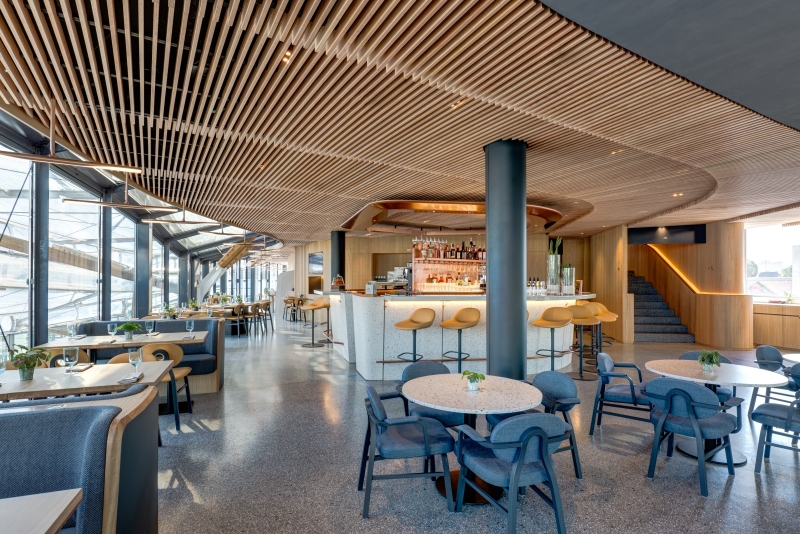Les Haras de Strasbourg is a hotel and restaurant project unlike any other. Composed of a the four-star hotel and Michelin 3-starred chef Marc Haeberlin's first brasserie, Les Haras presents an original solution to the question many provincial cities are facing: how to redevelop and harness the potential of their architectural heritage. Managed by the Institute for Research into Cancer of the Digestive System (IRCAD), presided over by Professor Jacques Marescaux, the project allies architectural creativity and technological innovation, two particular areas of French expertise, with philanthropy, an unprecedented mix for a historic redevelopment project in France.
As conceived by Agence Jouin Manku, the interior design for the hotel and brasserie is characterized by its authenticity and modernity, a particular idea of luxury and comfort inspired by the equestrian world, restrained and subtle.
As conceived by Agence Jouin Manku, the interior design for the hotel and brasserie is characterized by its authenticity and modernity, a particular idea of luxury and comfort inspired by the equestrian world, restrained and subtle.

















































